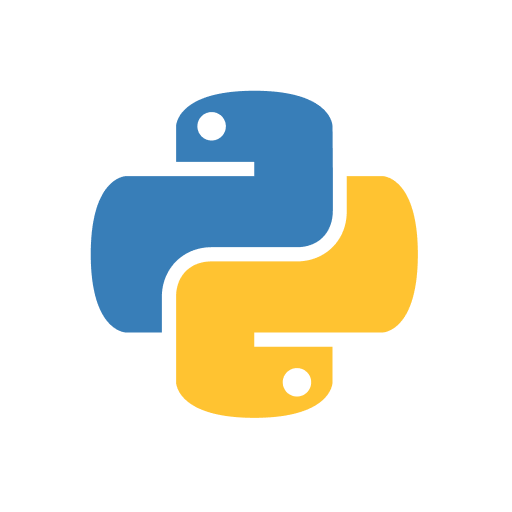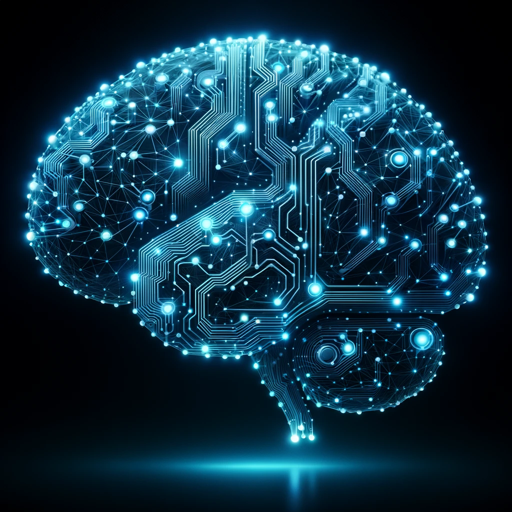PyTorch Engineer-PyTorch code and insights
AI-Powered PyTorch Coding Assistant
Can you help me debug this PyTorch model?
How do I implement a CNN in PyTorch?
What are best practices for PyTorch optimization?
Can you explain this PyTorch function?
Related Tools
Load More
Software Engineer
Expert Software Engineer in Java, AWS, JavaScript, Python, React. Offers quality code and problem-solving strategies.

PyTorch Oracle
Expert in PyTorch, adept at simplifying complex concepts.

Pytorch Model Implementer
Create high quality pytorch code to build reliable neural networks. Write clean code and write descriptive comments with captions to remember tensor shape. Use einops as much as possible

Python Engineer
An expert Python engineer to help you solve and debug problems together.

Machine Learning Engineer
Designs AI models that automate complex tasks and analyze large datasets for actionable insights.

Azure Data Engineer
AI expert in diverse data technologies like T-SQL, Python, and Azure, offering solutions for all data engineering needs.
20.0 / 5 (200 votes)
Introduction to PyTorch Engineer
PyTorch Engineer is a specialized assistant designed to aid developers, researchers, and machine learning practitioners in using the PyTorch framework effectively. PyTorch is an open-source machine learning library widely used for developing deep learning models, thanks to its dynamic computation graph and ease of use. PyTorch Engineer acts as a guide and resource for building neural networks, understanding complex PyTorch functionalities, and optimizing machine learning workflows. This assistant is engineered to provide detailed explanations, code snippets, and best practices for implementing PyTorch algorithms. The purpose of PyTorch Engineer is to simplify the process of developing sophisticated machine learning solutions by offering targeted assistance and practical advice tailored to the user's level of expertise. Example Scenario: Imagine a data scientist working on a computer vision project to classify images of animals. They want to use a Convolutional Neural Network (CNN) built with PyTorch but are unsure how to structure their model and handle data augmentation. PyTorch Engineer can assist by providing guidance on designing the CNN architecture, implementing data preprocessing, and utilizing PyTorch's libraries to streamline the development process. By offering step-by-step instructions and contextual explanations, PyTorch Engineer empowers users to efficiently solve their problems and achieve optimal results.

Main Functions of PyTorch Engineer
Guided Model Building
Example
Designing a Recurrent Neural Network (RNN) for Natural Language Processing (NLP) tasks.
Scenario
A researcher is developing a text generation model using an RNN. They require assistance in setting up the model architecture, selecting the appropriate layers, and tuning hyperparameters for optimal performance. PyTorch Engineer provides clear examples and explanations for constructing RNNs in PyTorch, from embedding layers to LSTM units, helping the researcher build a robust NLP model.
Code Optimization and Debugging
Example
Improving the training efficiency of a Generative Adversarial Network (GAN) for image synthesis.
Scenario
A developer is working on a GAN to generate realistic images but encounters issues with slow training and instability. PyTorch Engineer offers insights into debugging techniques, such as examining the loss functions and diagnosing convergence problems. The assistant also provides optimization strategies, including data parallelism and gradient clipping, to enhance the GAN's training process and stability.
Performance Tuning and Deployment
Example
Deploying a deep learning model on a cloud platform with optimized performance.
Scenario
A machine learning engineer aims to deploy a trained neural network on a cloud platform like AWS or Azure. They need guidance on exporting the model, optimizing it for inference, and ensuring it runs efficiently on the cloud infrastructure. PyTorch Engineer assists in converting models to TorchScript, using PyTorch's deployment tools, and applying techniques like quantization to reduce model size and improve inference speed.
Ideal Users of PyTorch Engineer
Machine Learning Researchers
Researchers focusing on developing and experimenting with novel machine learning algorithms will benefit from PyTorch Engineer's ability to provide detailed insights and explanations on using PyTorch effectively. By offering advanced examples and exploring cutting-edge PyTorch functionalities, the assistant helps researchers push the boundaries of AI research, enabling them to develop innovative solutions and contribute to the academic community.
Data Scientists and Engineers
Data scientists and engineers who are engaged in building, training, and deploying machine learning models will find PyTorch Engineer invaluable. This user group often faces challenges in optimizing models for performance and ensuring scalability across different environments. PyTorch Engineer supports them by offering practical advice on model optimization, debugging, and deployment strategies, making it easier to integrate PyTorch into real-world applications and deliver impactful results.

How to Use PyTorch Engineer
Visit aichatonline.org
Visit aichatonline.org for a free trial without login, also no need for ChatGPT Plus.
Access the Tool
Navigate to the PyTorch Engineer section on the website. Ensure you have a basic understanding of Python programming and the PyTorch framework.
Explore Features
Familiarize yourself with the various features offered, including code snippet generation, algorithm explanations, and best practice guidance. Review available documentation and tutorials.
Start a Session
Begin a session by typing your query or code-related question into the input box. Be specific about what you need help with to receive the most accurate assistance.
Iterate and Optimize
Use the provided responses to improve your code or understanding. Iterate as needed, asking follow-up questions for clarification or deeper insight into complex topics.
Try other advanced and practical GPTs
Modelica Engineer
AI-powered Modelica modeling assistant

Tagalog Translator
AI-Powered Tagalog and English Translations.

사주팔자 (四柱八字) - 사주, 운세, 운명
AI-powered traditional fortune-telling.

MirrorAI八字取象
AI-powered symbolic landscape from BaZi

Improved Efficiency
AI-Powered Solutions for Efficient Results

USMLE STEP 1
AI-powered USMLE preparation tool

EASY Kahoot!
AI-powered tool for easy quiz creation
Easy Sources!
AI-powered primary source finder.

Easy Explainer
Simplify Complex Topics with AI.

Easy UX Portfolio
AI-Powered Portfolio Perfection

Phar Easy
AI-powered pharmacology assistant for in-depth drug insights

Army Writing Assistant
Streamline Your Army Writing with AI

- Coding Help
- Learning Aid
- Project Assistance
- Algorithm Insights
- ML Research
Detailed Q&A about PyTorch Engineer
What is PyTorch Engineer?
PyTorch Engineer is an AI-powered tool designed to assist users in generating Python code, specifically for PyTorch algorithms. It provides code snippets, explanations, and best practices for PyTorch programming.
How can PyTorch Engineer help with my PyTorch projects?
PyTorch Engineer can help by offering precise code snippets, detailed explanations, and guidance on best practices, making it easier to implement and optimize PyTorch algorithms in your projects.
Do I need prior knowledge of PyTorch to use PyTorch Engineer?
While prior knowledge of PyTorch is beneficial, PyTorch Engineer is designed to be user-friendly and provide explanations that can help even those with basic Python programming skills.
Can PyTorch Engineer help me understand complex PyTorch concepts?
Yes, PyTorch Engineer can break down complex PyTorch concepts into understandable explanations, providing detailed guidance and examples to enhance your learning.
Is PyTorch Engineer suitable for academic research?
Absolutely. PyTorch Engineer is ideal for academic research, providing accurate code snippets and in-depth explanations that can assist in developing and understanding advanced machine learning models.